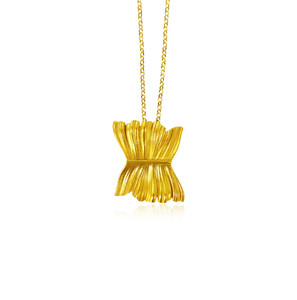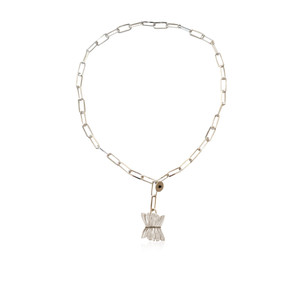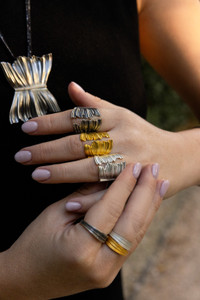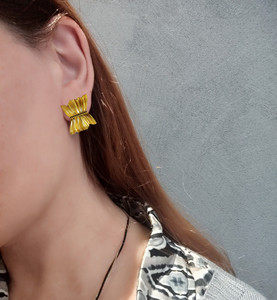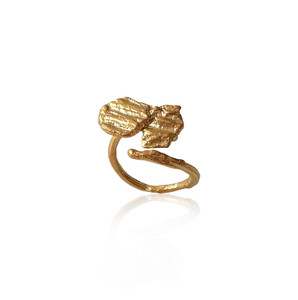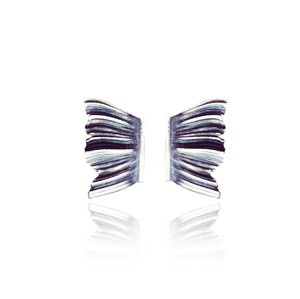Fustanella was a traditional military uniform that was worn during the War of Independence against the Turkish invaders.
Historians point to a statue dating to the 3rd century BC, located in Athens, which depicts a man wearing a fustanella-like garment. The costume may have evolved from traditional dress worn in Ancient Greece but was popularised in its modern form during the latter centuries of the Byzantine Empire. Some believe the Albanians introduced it to the Greeks in the 14th century.
This form of dress was designed to show a man’s strength and prowess, much like a kilt.
In a way, the fustanella epitomized the mixed heritage of modern Greece, with Albanian, Ottoman, and Classic influences, and was declared to be Greek at a time when a national costume was needed. It was part of a Europeanization process which started around 1829
After the war, when King Otto, originally from Bavaria, was made king of the Greeks in 1833, he declared the fustanella the national costume of Greece and even posed in one in an attempt to bridge the gap between him and his subjects. Ever since then, it has become a symbol of Greek national pride.
The Fustanella today is associated with the costume worn by the Evzones, the National Guards stationed in front of the Parliament House in downtown Athens
- Necklace with chain
- Chain 42cm
- Silver 925
- Motif dimensions: 2cm*2cm
- High quality Zircons







